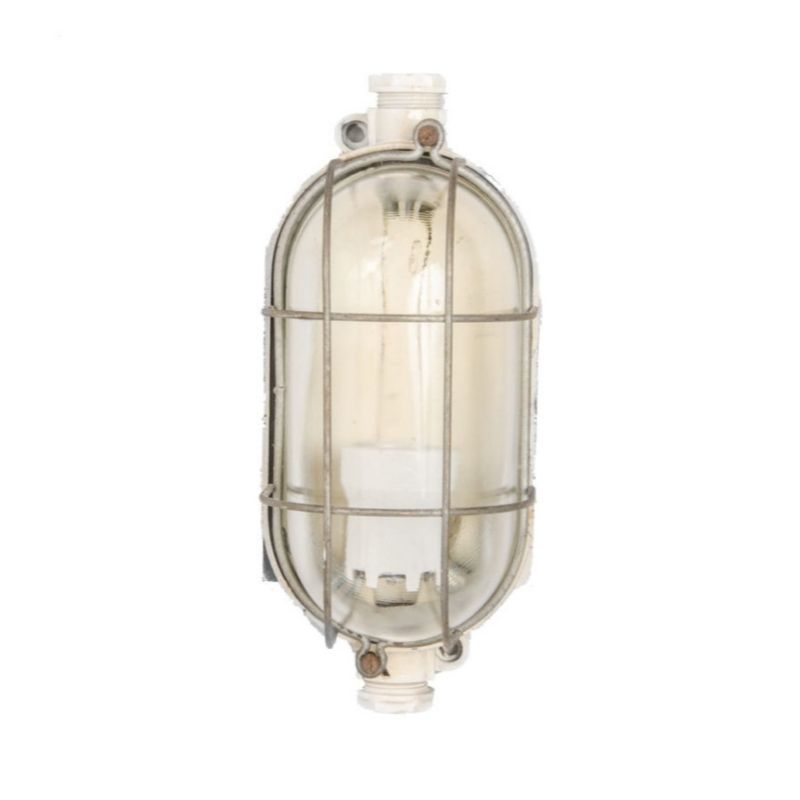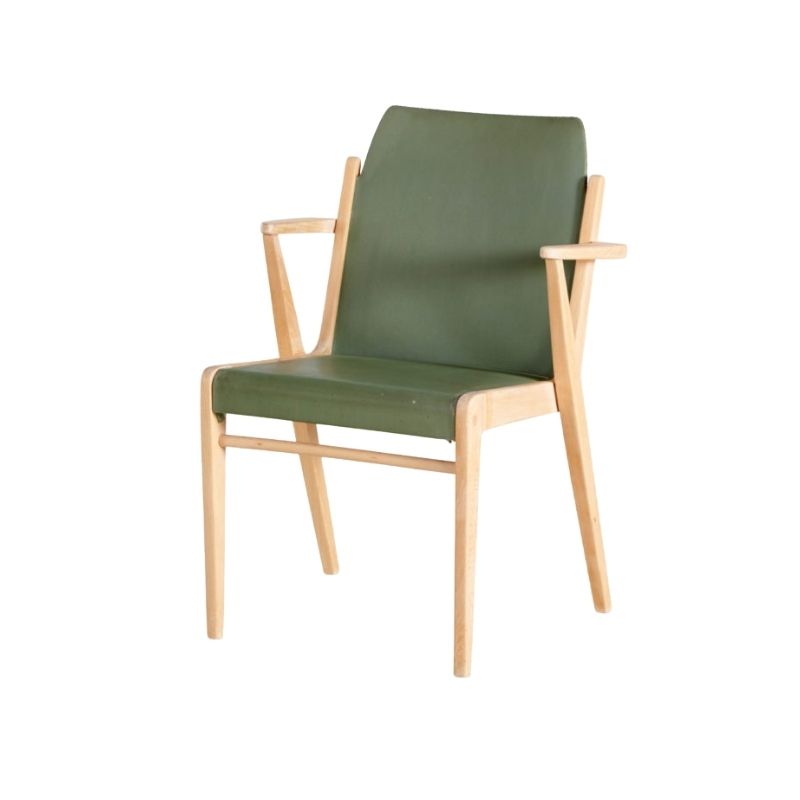What I like
about this piece is the proportions. The legs are longer than those of most such sideboards, giving the box a nice "lift" from the floor.
I appreciate solid construction and solid timber (as the British are wont to say) as much as the next chap -- but I question the assertion that anything less is junk. What sort of misadventure is anticipated when a writer claims that a piece of lesser construction will "fall apart" over time ? With respectful use even a cardboard box could be expected to last half a lifetime -- at least. Veneer is vulnerable whether it is laid over solid gold or styrofoam, and we all accept veneer as the only alternative when a repeated and consistent grain pattern is required to span the width of a seven-foot cabinet front. Don't we ?
Some of the loveliest and liveliest design is built to a less-than-ideal construction standard -- witness my much-missed 1969 FIAT 124 Sport Spyder !
Wow SDR...Those
Spyders were sage! Especially the 1969. It's those sweet little differences that the 69 possessed...ie round sidemarker lamps, single reverse lamp, stainless grill, etc. I've wanted one for many moons.
http://www.youtube.com/watch?v=dLfXzikzJvs
Thanks, Mark
That's sweet. (I've been amazed at what can be found on YouTube: guys giving rides in their old Citroens, with a camera operator in the back seat, etc etc.)
At 7:15 in the video, a front shot shows how PininFarina shaped the front bumper at 90 degrees to the fender, so the chromed surface reflects a perfectly continuous image of the fender and parking lamp. This car has a uniquely well-conceived means of servicing the wiper motor and linkage: The cowl piece behind the hood simply unscrews and lifts off. Genius. And the twin air horns -- I continued to find delights in the days and weeks after receiving the car.
My car had the stock steel wheel and hubcap, as nice a design as any I could imagine. Not a sports car -- a "gentleman's sports roadster." Live rear axle on coil springs, that behaved better than many an independent suspension . . .
Back to the subject.
.
Edgebanded veneered chipboard? I do think its low quality and personally would never buy it having worked in a panel plant and at the sort of manufacturers that edge those boards...mile after mile after mile of it. It doesn't hold fasteners well, a childs weight on a swinging door will more often than not cause the door to hang crooked, if it gets damp it swells horribly, you can only sand it back onces or twice, the new stuff outgasses formaldehyde and the veneered edge will get damged. Even at the time those sideboards were made veneer thickness was down to a millimetre or less. Good proportions or looks can't compensate for those sorts of problems.
Why buy that stuff when with a little patience and sacrifice you can get something far far better?
It's that
"patience and sacrifice" stuff that's the problem. IKEA and Walmart got to their current state on the backs of those many many good citizens who won't pay a penny more than they have to for the goods of life -- so many of which they don't need in the first place, but many others of which they do. (Remember that, in America at least, real wages have stagnated for three decades while corporate profits have continued to rise and the wealthy are far wealthier than they used to be.)
Not every piece of furniture can or should be made of solid wood. Or am I wrong there ?
If not, maybe you could propose a superior kind of construction to the one you describe above. Should veneer be abandoned -- everyone who can't afford solid wood would have to make do with . . . solid plastic ?
Really -- I'd like an answer to these questions.
.
Answer? Good quality plantation grown plywood with low/no formaldeyde glues and slightly thicker veneers, doesn't sound too hard but its the extra mile and the few dollars it costs that you are right about, people won't pay or stop and think and nor do many people know how to recognise quality anymore. There is also blockboard and all the finger jointed pine...From my experience chipboard is the end of the manufacturing line, the best logs would come in and be used for solid or face veneer, second best for cores and once those logs got down to about 7 inches in diameter on the peeler they were chipped and sent over to get pressed into the chipboard, its an effective way of making profit from what is otherwise waste.
I'm also a fan of painted finishes over thin veneer or melamine... any DIY-er could sand back something like an Artek piece and with a low nap roller get a good finish when something needs redoing, when thin veneer like that lifts or is bleached by acetone or otherwise stained you've only got a few stripping oppurtunities.
Munafuctured board edges are always a problem, I actually quite like the rubbery plastic with the tang that is vibrated into the slot, other than that there is much thicker edge banding available, (blonde edge with black/white melamine...not too bad) its made of about 7 layers of veneer and the machines can wrap it around fairly tight radii, becuase its thick a radiused edge can be routed on, anything made from it tends to chip less becuase anything dropped on it tends to glance off. A particle board edge is aslo so porous that when its edge lgued you don't get nearly the bond as you do on plywood.
I think the 7 layer stuff is what Knoll use to make the Gehry woven chair.
Aluminium and brass strip is also an option, rather more hardwearing than the usual edgebanding.
Sorry that was a bit of a ramble, actually you asked what people who can't afford solid should do...save harder and go without, if people can't see that they save more buying a good thing once then they'll just keep wasting their money and landfills will just keep getting filled, they'll have to keep working to buy more replacemnt rubbish, big business get slaves, governemnt gets more tax to waste on wars... what a tidy circle our economies are!
Gosh, total hijack! Sorry to the OP, on the wages thing...I suspect you're right however the average good citizen has also been so thouroughly seduced into the idea that shopping is a leisure activity and that convenience goods are convenient that they are a bit lost in my opinion, very few people in our first world nations have much of a grasp of needs vs wants, if they did there would be enough money in most households to make quality purchases, but hey why do that when cool trainers, food in cans and boxes, drinking, smoking and going to the cinema are so much more appealing? In my opinion we need to look again at the idea of the existenzminumum.
If you need any help, please contact us at – info@designaddict.com









